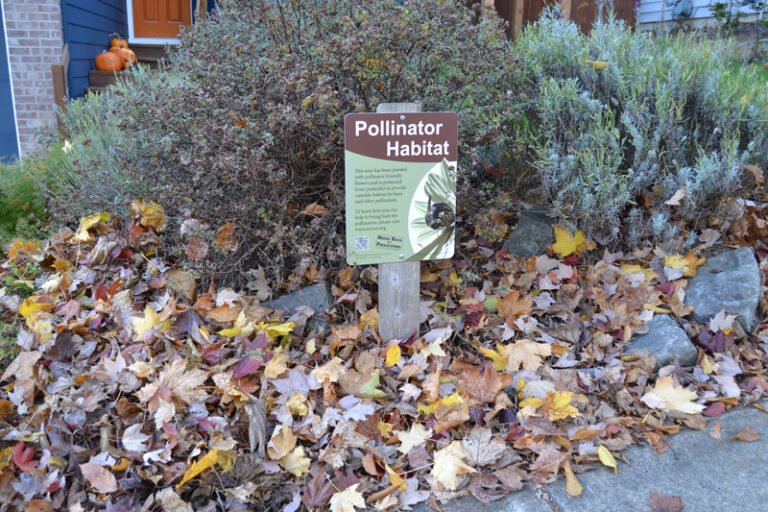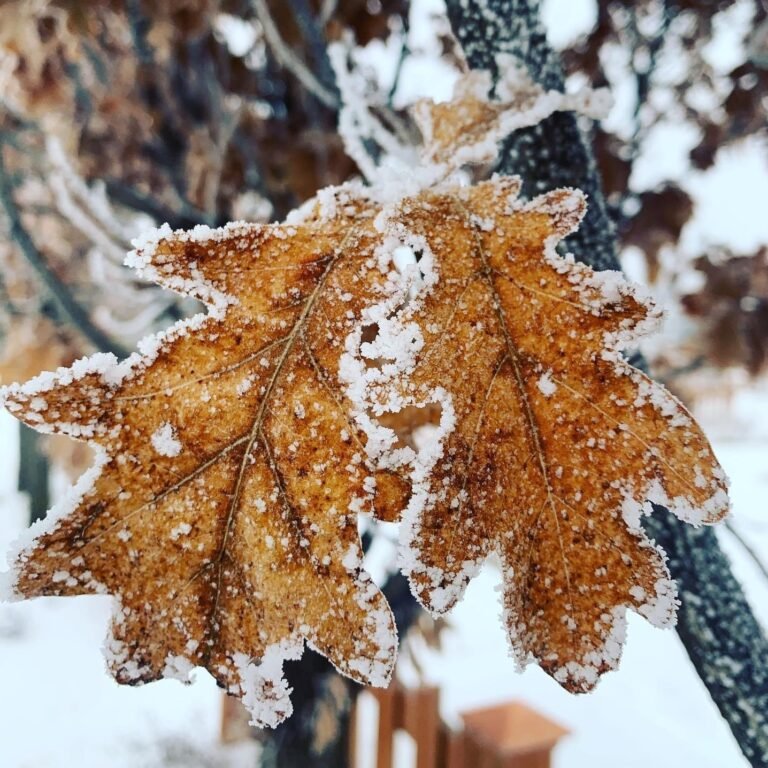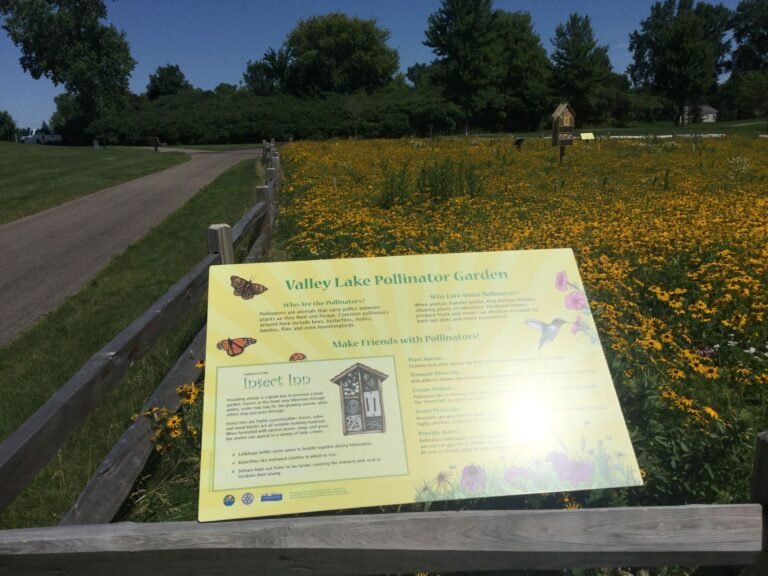Winter is approaching, and it’s time to prepare your garden. With a little effort, you can protect plants and maintain garden beauty.
As the days get shorter and temperatures drop, our gardens need extra care. Winter can be harsh, but with some DIY projects, you can keep your garden healthy and ready for spring. These projects are simple and cost-effective, making them perfect for any gardener.
From protecting delicate plants to creating cozy homes for wildlife, you’ll find ideas that help your garden thrive. Dive in and discover how you can transform your outdoor space into a winter wonderland while ensuring everything survives the cold months ahead. Let’s get started on prepping your garden for winter!
Clean Up Debris
Cleaning up debris is essential for preparing your garden for winter. This step ensures your garden remains healthy and ready for the next growing season. By removing unwanted materials, you can protect your plants from diseases and pests that thrive in decaying matter.
Remove Fallen Leaves
Fallen leaves can create a mess in your garden. They can also harbor pests and diseases. Rake up leaves regularly to keep your garden clean. Use a leaf blower for large areas if needed. Collected leaves can be composted or used as mulch. This practice improves soil quality and reduces waste.
Dispose Of Dead Plants
Dead plants should be removed promptly. They can attract pests and diseases that may spread to healthy plants. Uproot dead annuals and perennials. Cut back dead stems and branches. Dispose of them in your compost bin or green waste container. This helps maintain a tidy and healthy garden.
Prune And Trim
As winter approaches, it’s important to prepare your garden for the cold months ahead. Pruning and trimming are essential tasks that help keep your plants healthy and tidy. By cutting back perennials and shaping shrubs and trees, you can ensure your garden stays in top shape.
Cut Back Perennials
Perennials need attention before winter. Cut back dead and diseased stems. This prevents pests and diseases from overwintering. Trim the plants to about 2-3 inches above the ground. This helps new growth in spring. Some perennials can be left standing for winter interest. But make sure to remove any that look unhealthy.
Shape Shrubs And Trees
Shaping shrubs and trees is another crucial task. Remove dead or damaged branches first. This keeps the plant healthy and safe. Next, trim back overgrown branches. This helps maintain the plant’s shape. It also allows more light and air to reach the center. Avoid heavy pruning in late fall. It can stress the plants. Instead, focus on light shaping and maintenance.
Mulch And Protect
As winter approaches, preparing your garden is essential. Mulching and protecting your plants can make a big difference. It helps to keep your garden healthy and ready for spring.
Apply Mulch
Mulch is a great way to insulate the soil. It keeps roots warm during cold months. Spread a layer of organic mulch around your plants. Use materials like bark, straw, or shredded leaves.
- Bark: Long-lasting and decorative
- Straw: Light and easy to spread
- Shredded Leaves: Free and effective
Apply the mulch 2 to 4 inches deep. Avoid piling it against plant stems. This helps prevent rot and pests. Mulch also retains moisture and reduces weeds.
Cover Delicate Plants
Some plants need extra protection from frost. Cover them with materials like frost blankets or burlap. This acts like a warm blanket for your plants.
- Choose the right cover for your plants
- Secure the cover with stakes or rocks
- Remove covers on sunny days to avoid overheating
Use a table to remember which plants need covering:
| Plant | Cover Type |
|---|---|
| Roses | Burlap |
| Herbs | Frost Blankets |
| Tender Perennials | Straw |
Following these steps will help your garden thrive. Mulch and protect your plants now. They will thank you in the spring.
Prepare Soil
Preparing your garden soil for winter is crucial for maintaining soil health. This will ensure your plants thrive next growing season. Follow these steps to get your soil ready.
Test Soil Ph
Testing the soil pH is a great first step. It tells you if your soil is acidic or alkaline. You can use a simple soil test kit. They are available at most garden stores. Follow the instructions on the kit carefully.
| pH Level | Soil Type |
|---|---|
| Below 7 | Acidic |
| 7 | Neutral |
| Above 7 | Alkaline |
Most plants prefer a slightly acidic to neutral pH. Adjusting the pH helps nutrients become more available. This leads to healthier plants.
Amend Soil With Compost
Compost is a great way to improve soil health. It adds essential nutrients and organic matter. Spread a layer of compost over your garden bed. Aim for about 2-3 inches thick.
Use a garden fork to mix the compost into the top 6 inches of soil. This helps integrate the compost with the existing soil. It also improves soil structure and drainage.
- Add compost in the fall.
- It allows time to break down over winter.
- Come spring, your soil will be nutrient-rich.
Compost can include kitchen scraps, fallen leaves, and grass clippings. Make sure the compost is well-rotted before using. Fresh compost can harm plants.
By testing your soil pH and amending it with compost, your garden will be well-prepared for winter. This groundwork ensures your plants have the best start in spring.
Watering Techniques
Proper watering techniques can make a big difference in preparing your garden for winter. Understanding how to water plants effectively will ensure they stay healthy during the colder months. This section will cover some essential techniques to keep your garden hydrated and ready for winter.
Deep Watering
Deep watering encourages roots to grow deeper into the soil. This makes plants more resilient. Water plants thoroughly but less frequently. This technique helps them access moisture stored deeper in the ground.
Use a soaker hose or drip irrigation system. Place it near the base of your plants. Let the water seep slowly into the soil. This ensures water reaches the roots without wastage.
Drain Irrigation Systems
Draining your irrigation system before winter is crucial. It prevents water from freezing inside the pipes. Frozen water can cause pipes to crack or burst.
First, turn off the main water supply to the irrigation system. Then, open all the valves to release any remaining water. Use an air compressor to blow out any excess water in the lines. This step ensures your system stays in good condition for the next growing season.
Garden Tool Care
Prepping your garden for winter involves more than just plants. Garden tools also need care. Proper maintenance extends their life and keeps them efficient. Let’s dive into the essential steps for garden tool care.
Clean And Sharpen Tools
Start by removing dirt from your tools. Use a wire brush or steel wool for stubborn grime. Clean tools prevent rust and maintain functionality. Next, sharpen the blades. A sharp blade makes work easier and safer. Use a sharpening stone or file. Follow the original angle of the blade for best results.
Store Tools Properly
Proper storage is crucial during winter. Clean and dry tools before storing them. Moisture leads to rust and damage. Hang tools on a pegboard or store them in a dry shed. Use silica gel packs to absorb moisture. This simple step keeps your tools in good shape till spring.
Pest Control
Winter can bring unwanted pests into your garden. Effective pest control is crucial. By taking proactive steps, you can protect your plants and soil. Here are some DIY tips to keep your garden pest-free during the colder months.
Identify Common Pests
First, identify the common pests in your area. Knowing your enemy helps in planning effective control methods. Common garden pests include:
- Aphids
- Snails and slugs
- Spider mites
- Caterpillars
- Whiteflies
Look for signs like chewed leaves, sticky residue, or tiny insects on plants. Regular inspection helps in early detection. Use a magnifying glass for a closer look.
Use Natural Remedies
Natural remedies are eco-friendly and safe for your garden. Here are some effective options:
| Pest | Natural Remedy |
|---|---|
| Aphids | Spray plants with soapy water |
| Snails and Slugs | Use crushed eggshells around plants |
| Spider Mites | Spray with neem oil |
| Caterpillars | Handpick and remove |
| Whiteflies | Introduce ladybugs |
These remedies are easy to apply. They help keep pests at bay without harming your plants. Always test on a small area first to ensure no adverse effects.
Plan For Spring
Get your garden ready for winter with these 8 easy DIY projects. Protect plants, organize tools, and prepare soil now. Enjoy a beautiful garden next spring!
Planning for spring is essential for a successful garden. Winter is the perfect time to prepare. It gives you a head start. This preparation ensures a vibrant and healthy garden. Let’s dive into two key steps.Sketch Garden Layout
Begin by sketching your garden layout. Use a simple piece of paper. Draw your garden beds. Mark where each plant will go. This helps visualize your spring garden. Consider plant heights and sunlight needs. Think about companion planting. Some plants grow well together. This step saves time and avoids mistakes later.Order Seeds And Bulbs
Winter is the best time to order seeds and bulbs. Many suppliers have early bird discounts. Make a list of what you need. Consider flowers, vegetables, and herbs. Choose plants suited to your climate. Ordering early ensures you get the best selection. It also gives you time to plan planting dates. Label your seeds and store them in a cool, dry place. “`Frequently Asked Questions
How Can I Protect My Garden In Winter?
To protect your garden, cover plants with frost blankets. Mulch your garden beds to retain warmth. Prune dead or diseased branches. Drain and store garden hoses to prevent freezing.
What Are Some Diy Garden Projects For Winter?
Some DIY projects include building cold frames, composting, and creating raised beds. You can also craft bird feeders and plant covers.
When Should I Start Winterizing My Garden?
Start winterizing your garden in late fall. This is before the first frost. Prepare early to ensure your plants survive the cold.
How Do I Prepare Soil For Winter?
Prepare soil by adding organic compost. This enriches the soil. Mulch garden beds to protect roots and prevent erosion.
Conclusion
Winter can be tough on gardens. These DIY projects will help. Protect your plants. Make your garden look neat. Save time and money. Enjoy a healthy garden next spring. With these tips, your garden will thrive. Get started today. Your winter-ready garden awaits.
Happy gardening!



